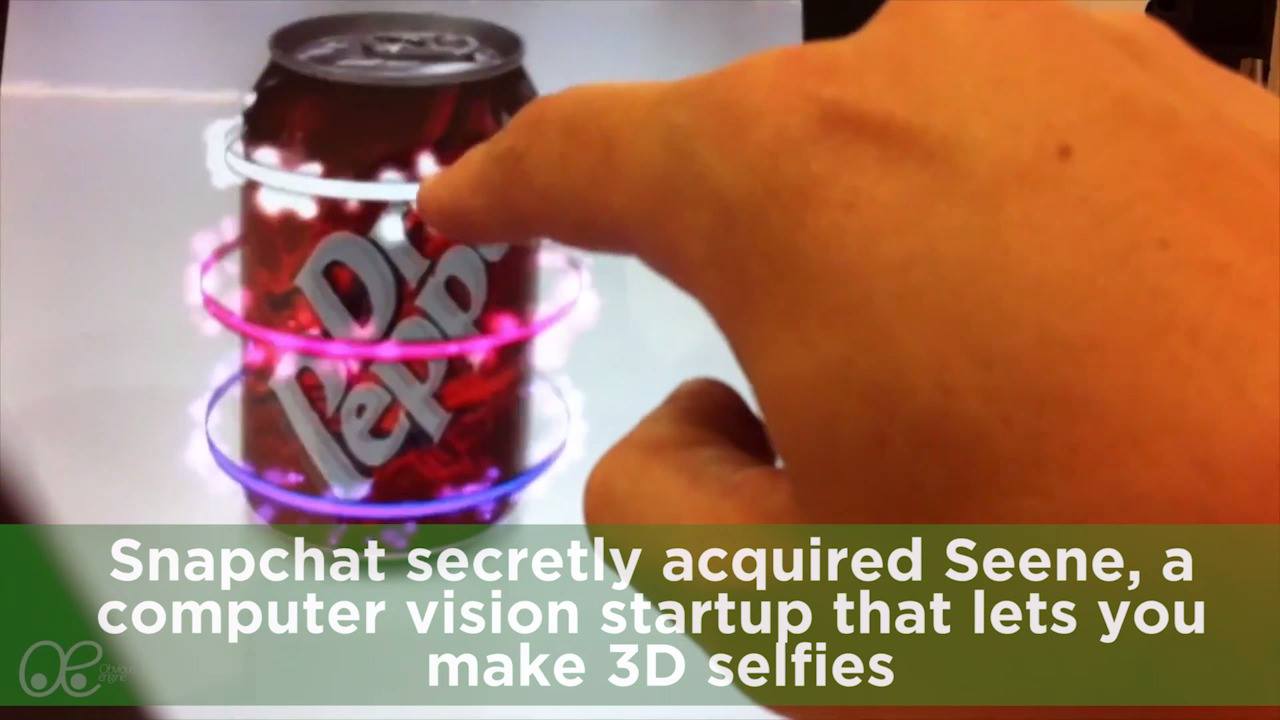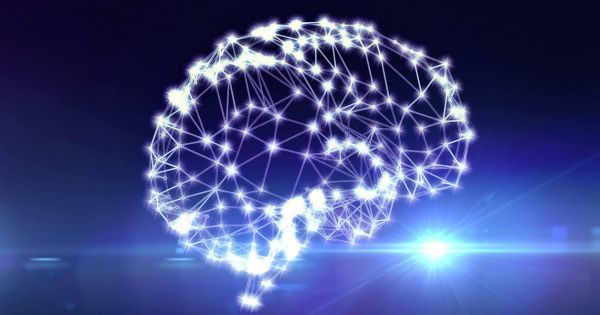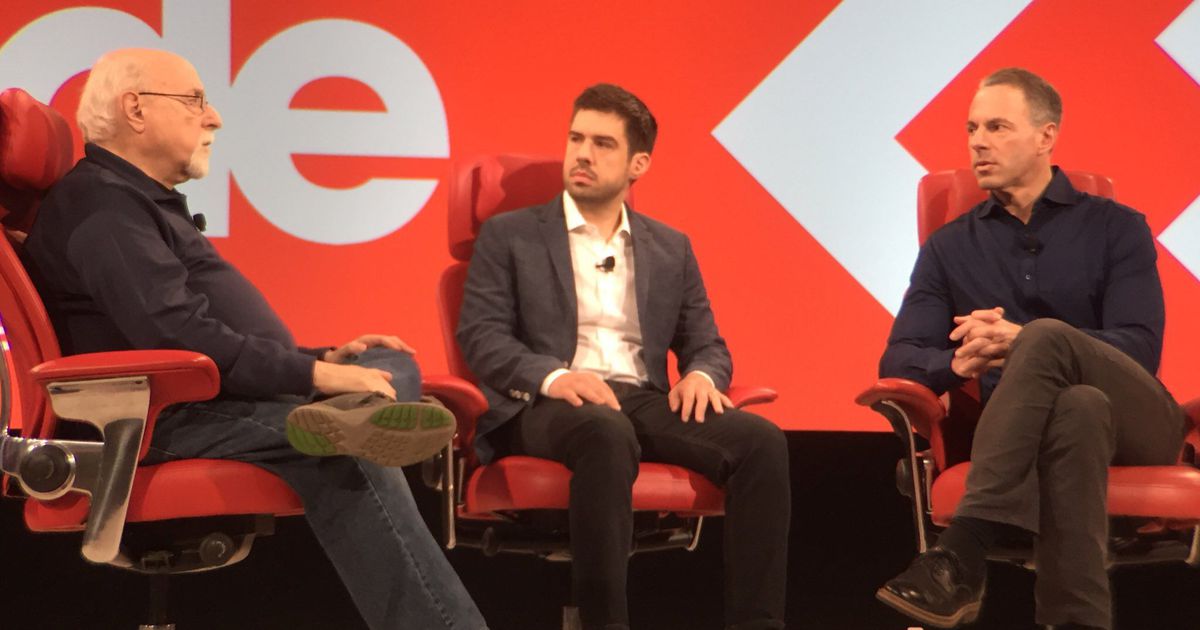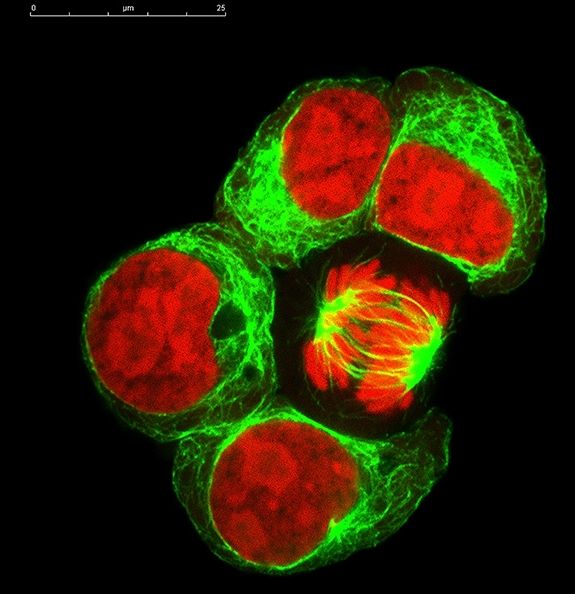Page 11128
Jun 3, 2016
New Brain Implant Lets You Control Machines Using Your Thoughts
Posted by Shailesh Prasad in categories: biotech/medical, neuroscience
Australian scientists are developing a biocompatible implant that will allow paralyzed patients to control machines with just their thoughts.
Forget Siri and Cortana. Soon, you may be able to give commands to machines just by “thinking” them.
A team of researchers and engineers at Melbourne University are developing a stentrode, a tiny implant to be placed into a blood vessel next to the brain, which can record electric activity from a specific part of the brain. The information will then be decoded and interpreted into thoughts.
Continue reading “New Brain Implant Lets You Control Machines Using Your Thoughts” »
Jun 3, 2016
Researchers use T-rays to look inside of broken microchips
Posted by Karen Hurst in categories: computing, materials
Terahertz radiation, or T-rays, can do some really incredible stuff. It can be used to scan for tumors and bombs build ultrafast wireless networks and see through solid objects. As an imaging technology, however, T-ray cameras have always had a resolution limitation. Well, they used to. Researchers at the University of Exter has developed a new terahertz camera that can see at a microscopic level — and they want to use it to find defects in microchips.
This breakthrough kind of changes the game for terahertz imaging. The radiation has always been able to look through solid objects without damaging them — which is why it’s frequently used in the art world to look past the surface layer of various masterpieces — but resolution limitations kept it from being used to diagnose broken computer chips.
Project lead Rayko Stantchev says his team has effectively doubled the technology’s resolution, creating a proof-of-principle prototype that can see a microscopic image printed on a circuit board obscured by a thick silicon wafer. “With our device you could test the quality of microchips that have buried under optically-opaque materials,” Stantchev says. “Allowing you to tell if a hidden chip is broken without having to open it up.”
Continue reading “Researchers use T-rays to look inside of broken microchips” »
Jun 3, 2016
Luxembourg says law legalizing mining asteroids will be completed
Posted by Karen Hurst in categories: law, space
I still believe we need some sort of Environmental Protection Oversight in Space with the space junk already much less with mining.
One of Europe’s smallest states, the Grand Duchy of Luxembourg, cast its eyes to the cosmos on Friday, announcing it would draw up a law to facilitate mining on asteroids.
Extracting precious metals, rare minerals and other valuable commodities on passing asteroids is a staple of science fiction, but Luxembourg says incentives are urgently needed to turn this dream into fact.
Continue reading “Luxembourg says law legalizing mining asteroids will be completed” »
Jun 3, 2016
Engineering to Science: “You Complete Me”
Posted by Karen Hurst in categories: engineering, science
Beautiful.
Dassault chooses the annual Abaqus user conference to mark its entry into science.
Jun 3, 2016
eBay does not want to be a lesser version of Amazon
Posted by Karen Hurst in category: Elon Musk
Here’s a concept; why doesn’t Walmart buy eBay? Or, even better, Elon Musk buy eBay?
EBay is no longer just a place to bid on used stuff.
Jun 3, 2016
New Mexico hackathon provides template for Native STEM engagement
Posted by Karen Hurst in categories: evolution, innovation
So, all of this nextgen technology is wonderful; I truly see the vision and how to make it happen over time. However, what about the native people of the countries where this innovation and advancement is occurring? Are they getting the opportunity to be a part of the innovation story? Or, are they being left behind?
At Microsoft, we established many programs and outreach programs to engage many of the Native Americans across the US; I would like to encourage others to think about how can more be done to include the indigenous people of your countries to be part of the innovation/ evolution story. It truly is rewarding to so many.
The first Native Youth My Brother’s Keeper Hackathon saw students produce several games, apps.
Continue reading “New Mexico hackathon provides template for Native STEM engagement” »
Jun 3, 2016
Illinois Black Triangles: Are Mysterious Crafts In The Sky UFOs Or Secret Government Tech?
Posted by Karen Hurst in categories: alien life, Elon Musk, government, military, space travel
Prior to the B2 bomber was released; many saw a black triangle object flying at dusk/ evening and no noise. Therefore, this article doesn’t surprise me because governments have to test their jets and other machines.
Just this week, Elon Musk said that he hopes to send people to Mars by 2024; now, Illinois residents are wondering if the black triangles they’re seeing in the sky are alien spacecraft or U.S. military technology. As The Verge reported, Musk announced his plans to ferry humanity to the red planet at the Code Conference on June 1. On May 22, an Illinois man reported seeing a black triangle craft in the sky at about 9:30 p.m.
Could the Illinois black triangle sighted in May (and the many other black triangle sightings that have occurred in the past) be related to plans to get humanity to Mars? Maybe.
Jun 3, 2016
Gene circuits in live cells can perform complex computations
Posted by Karen Hurst in category: computing
Of course it can — why we have Biocomputing efforts today.
Living cells are capable of performing complex computations on the environmental signals they encounter.
These computations can be continuous, or analogue, in nature—the way eyes adjust to gradual changes in the light levels. They can also be digital, involving simple on or off processes, such as a cell’s initiation of its own death.
Continue reading “Gene circuits in live cells can perform complex computations” »
Jun 3, 2016
Complex analogue and digital computations in engineered bacterial cells
Posted by Karen Hurst in categories: computing, quantum physics, singularity
Definitely aligns with my NextGen transformational roadmap leading to Singularity. 5th Revolution is with Quantum technology, BMI, early Biocomputing. 6th Revolution is Singularity with Biocomputing evolved and all things living are enhanced via both technology and Biocomputing and several cases of hybrids through synthetic genes and technology. So, no shocker here.
A team of researchers at MIT has developed a technique to integrate both analogue and digital computation in living cells, allowing them to form gene circuits capable of carrying out complex processing operations.
Living cells are capable of performing complex computations on the environmental signals they encounter.
Continue reading “Complex analogue and digital computations in engineered bacterial cells” »

















